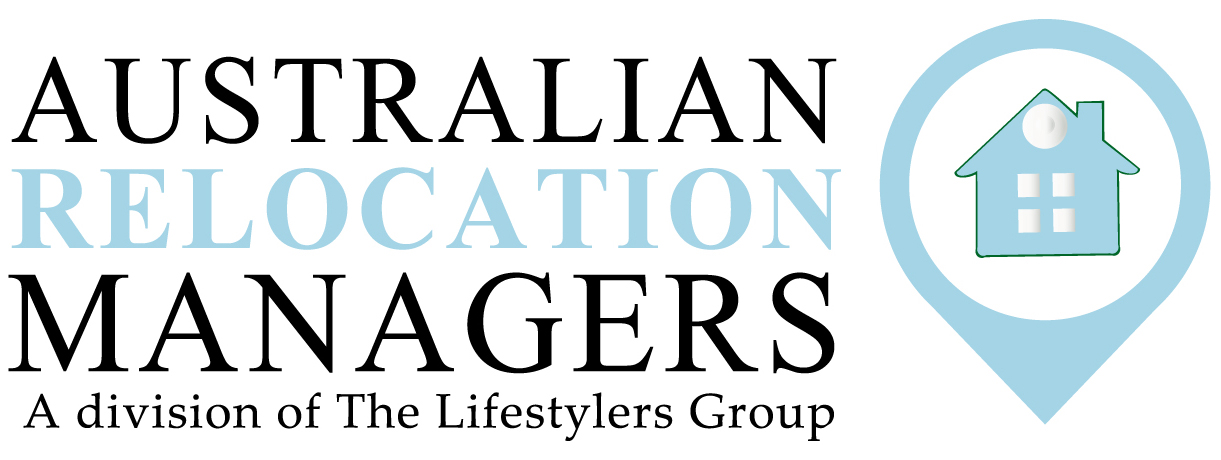Australian Relocation Managers often provide our clients with information and guidance on lease agreements as part of our Melbourne Relocation Services.
As part of the relocation process offered by the individual real estate agent, they are responsible for actually preparing and issuing the lease. They will provide you with a copy that must be signed and returned to their office (often with 24/48 hours) after verbally accepting the rental property.
Renting in Melbourne – You Will Need to Sign a Lease
The lease
The successful applicant for a rental property will be asked by the agent to sign a lease, also called a residential tenancy agreement, before they can move in. A lease is a legal contract between tenants and landlords for which there is no cooling-off period. Leases need to comply with the Residential Tenancies Act 1997.
Written leases must accurately reflect the wording of the official Residential tenancy agreement. Extra terms and conditions may be included but must comply with the Residential Tenancies Act 1997. Where a written lease is used, the agent must give the tenant(s) an unsigned copy of the lease before asking them to sign. Tenants should always read the lease thoroughly before signing and ask questions if they don’t understand any part of it.
The lease outlines:
- the amount of rent and how it is to be paid
- the length and type of tenancy
- the amount of bond required for your Melbourne rental property
- other conditions and rules
- any special terms agreed by the parties.
There are two common types of leases:
- Fixed term – a fixed-term lease is for a set period of time, usually six or 12 months. After a fixed-term lease expires, a tenant can either sign a new fixed-term lease or roll automatically onto a periodic lease.
As part of our Melbourne Relocation Services, we find that 12 month leases are more common than 6 month leases. When you initially sign your lease for your Melbourne property it will most likely be a fixed term lease for 12 months.
Only once you have been renting your Melbourne property for 12 months will it then roll onto a periodic lease.
- A periodic lease is when a tenant rolls over to a periodic lease (commonly called a ‘month by month’ lease) when their fixed-term lease ends. Normally, when a lease becomes periodic, the tenant does not sign a new lease; however, the terms and conditions of the original agreement still apply. A tenant on a periodic lease does not have to sign a new fixed-term lease, although if they do not they risk the security of their tenancy.
The lease outlines:
- the amount of rent and how it is to be paid
- the length and type of tenancy
- the amount of bond required
- other conditions and rules
- any special terms agreed by the parties.
For more information on your rental rights and obligations visit: http://www.consumer.vic.gov.au/housing-and-accommodation/renting/beginning-a-lease-or-residency/signing-the-lease
Melbourne Relocation Services
Australian Relocation Managers offers a range of relocation services including:
- Organise appointments (mostly private and at a time that suits you) with real-estate agents so you can view properties at your leisure
- Undertake internet research, source and identify rental properties that match your brief
- Collect you from your work or airport and take you to property inspections
- Help you lodge your rental application form – We will also provide some useful tips on preparing rental application forms
- Liaise with the real estate agent and do all the follow up
- Provide assistance to complete the rental property condition report, and
If you are moving to Melbourne and require relocation services, then please contact Australian Relocation Managers. We love helping people to find their perfect Melbourne rental property.
